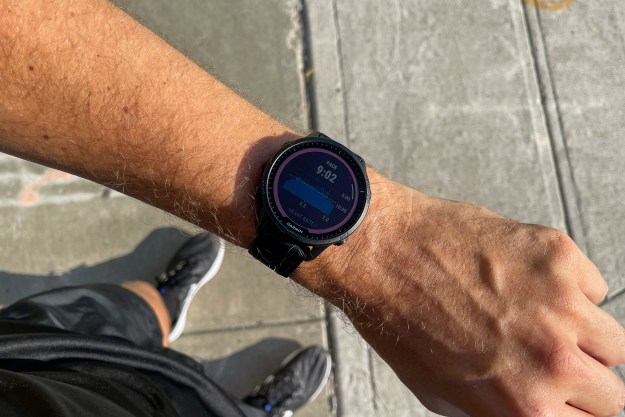Electrospinning is the process that strengthens nanofibers using electricity, but because the resulting fibers are so thin and delicate, they have been likened to silly string, Cheese Whiz, or cotton candy. Bellan decided to take a literal approach to the cotton candy analogies being used to describe electrospun fibers at academic conferences. “I went to Target and bought a cotton candy machine for about $40. It turned out that it formed threads that were about one tenth the diameter of a human hair – roughly the same size as capillaries,” said Bellan.

The adapted cotton candy machine method spins out systems of thin-walled capillaries that are able to service cells throughout the human body. Artificial capillary networks can get complicated when they are three-dimensional, but the electrospinning method that Bellan used has solved many of the existing problems with these types of fibers.
First, the cotton candy method spins blood vessels measuring between 3 and 55 microns, and completes them faster than other methods. Speed is important here because the capillary systems need to be viable and healthy across the board in order to effectively deliver nutrients to cells and carry away waste. Slower methods can’t maintain healthy capillaries for prolonged periods of time as the systems grow and develop.
Another key feature of the new cotton candy method is an innovative material called PNIPAM, or Poly(Nisopropylacrylamide). Because the polymer is insoluble above 32 degrees Celsius and soluble when below that temperature, it allows for the specific kind of growth scientists need in order to create artificial capillaries. “First, the material has to be insoluble in water when you make the mold so it doesn’t dissolve when you pour the gel. Then it must dissolve in water to create the microchannels because cells will only grow in aqueous environments,” Bellan explained.
PNIPAM has been used in other medical products safely, and could be the key to supporting cell growth enough to lead to fully formed organs for transplant. Solving some of the key issues delaying artificial organ development gets Bellan and his cotton candy electrospinning method even closer to real-world usage. The team’s next steps will be to perfect the capillary systems with different types of human tissue in order to artificially grow complete organs safely and effectively — everything from from livers to kidneys, and even solid bone.


